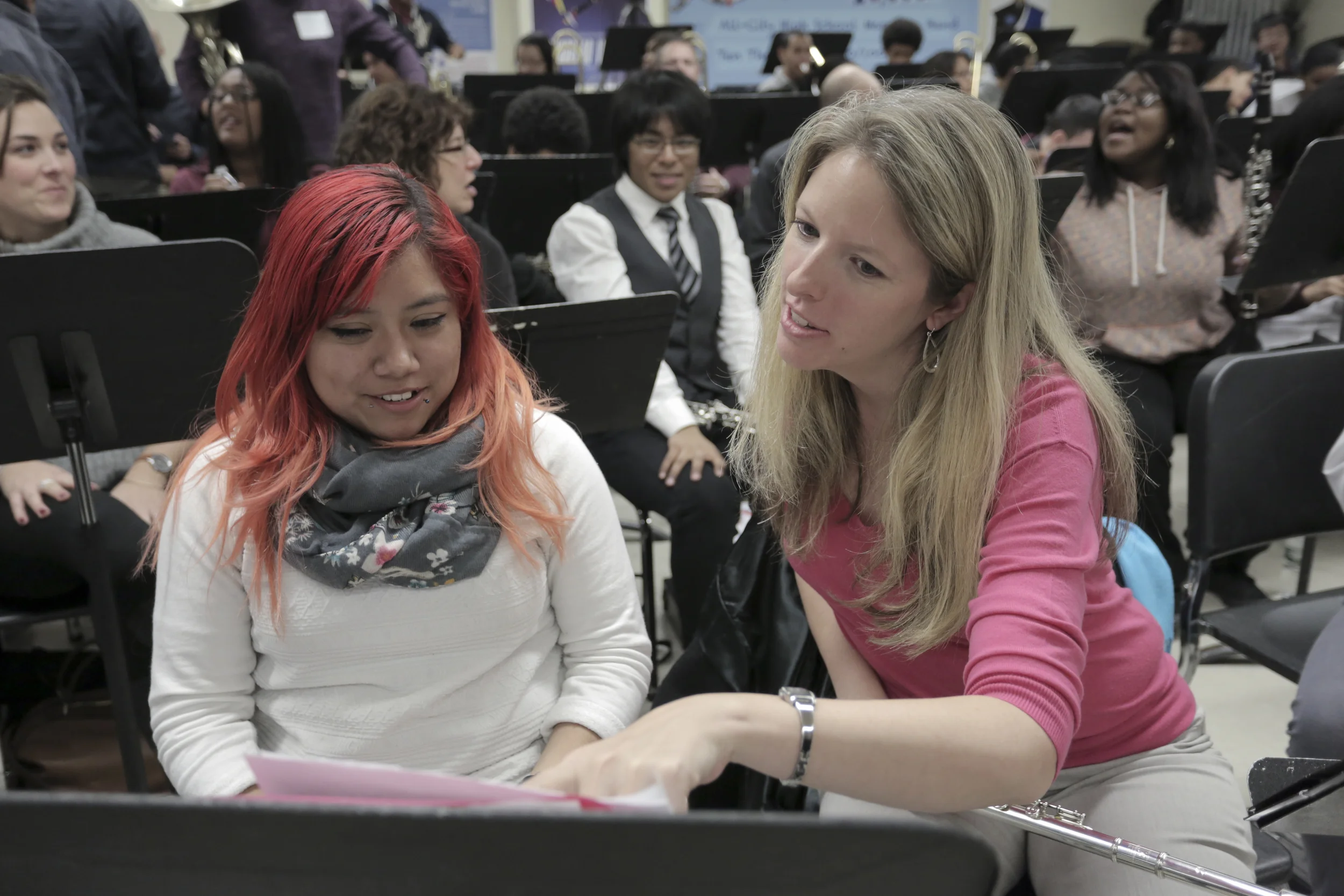Formative Assessment
A key aspect of ARTS ACHIEVE was integrating formative assessment practices into units of study. Formative assessment strategies help students understand criteria and evaluate their own progress.
ARTS ACHIEVE students and teachers worked together to develop clear checklists and rubrics, against which students could measure their own progress. Students created work, obtained feedback, and revised, all according to established criteria. Feedback and assessment methods included peer feedback, teacher feedback, and self-assessment (reflection). This process was greatly assisted by the availability of technology in the classroom.
Well-crafted formative assessment mirrors authentic artistic processes of reflecting, critiquing and revising creative work, supporting learning while providing both students and teachers with a means to evaluate progress. By using these strategies as part of their creative process, students are thinking and working like artists. Teachers and facilitators noted that the inclusion of formative assessment in the classroom increased their students' roles in their own learning and lead to increased student involvement and achievement.
Teachers and facilitators took part in multiple professional development sessions with formative assessment expert Dr. Heidi Andrade of the University at Albany to design valid formative assessment tools. Dr. Andrade prepared the following videos on implementing formative assessment in the classroom.
CHAPTERS:
1. BRIEF OVERVIEW OF FORMATIVE ASSESSMENT
2. RESEARCH ON FORMATIVE ASSESSMENT
3. CONNECTIONS TO DANIELSON FRAMEWORK
4. ASSESSMENT AS A MOMENT OF LEARNING: CLEAR CRITERIA, FEEDBACK, AND REVISION
5. CRAFTING EFFECTIVE RUBRICS: WHAT IS AND IS NOT A RUBRIC
6. CRAFTING EFFECTIVE RUBRICS: WHAT MAKES A GOOD RUBRIC GOOD
7. CRAFTING EFFECTIVE RUBRICS: CO-CREATING CRITERIA WITH STUDENTS
8. FEEDBACK AND REVISION: PEER ASSESSMENT
9. FEEDBACK AND REVISION: SELF-ASSESSMENT
10. OTHER FORMATIVE ASSESSMENT TOOLS THAT WORK
11. BUT I DON’T HAVE TIME: TEACHER STORIES ABOUT MANAGING ASSESSMENT FOR LEARNING
DOWNLOAD PDF - ASSESSMENT OF AND FOR LEARNING
1. Brief Overview of Formative Assessment
2. Research on Formative Assessment
3. Connections to Danielson Framework
4. Assessment as a Moment of Learning: Clear Criteria, Feedback, and Revision
5. Crafting Effective Rubrics: What Is and Is Not a Rubric
6. Crafting Effective Rubrics: What Makes a Good Rubric Good
7. Crafting Effective Rubrics: Co-Creating Criteria with Students
8. Feedback and Revision: Peer Assessment
9. Feedback and Revision: Self-Assessment
10. Other Formative Assessment Tools that Work
11. But I Don’t Have Time: Teacher Stories About Managing Assessment for Learning


